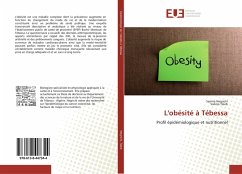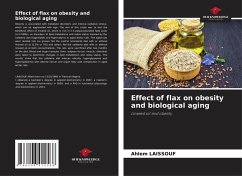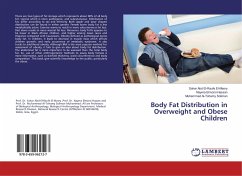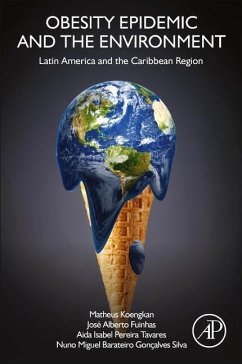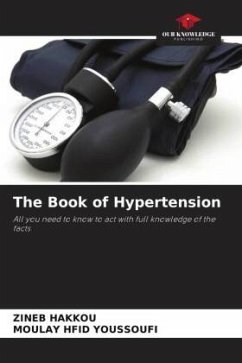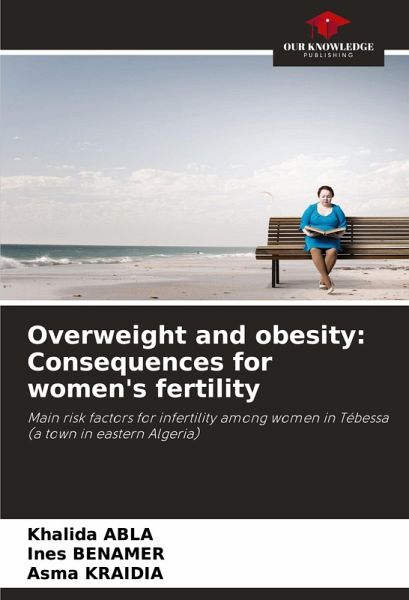
Overweight and obesity
Consequences for women's fertility
Versandkostenfrei!
Nicht lieferbar
Overweight and obesity have become increasingly prevalent among women of childbearing age, and are a significant factor in the decline of natural fertility. Our work consists of a case-control survey of a group of women of childbearing age. The aim is to study the impact of obesity on the fertility of overweight women, and to identify some risk factors for female infertility.The prevalence of infertility found is 31.11%. Infertility was more frequent in obese women (38.88%) than in control women (23.33%).Overweight, with an android distribution of body fat, and a weight trend since childhood o...
Overweight and obesity have become increasingly prevalent among women of childbearing age, and are a significant factor in the decline of natural fertility. Our work consists of a case-control survey of a group of women of childbearing age. The aim is to study the impact of obesity on the fertility of overweight women, and to identify some risk factors for female infertility.The prevalence of infertility found is 31.11%. Infertility was more frequent in obese women (38.88%) than in control women (23.33%).Overweight, with an android distribution of body fat, and a weight trend since childhood or adolescence, as well as spontaneous abortions, were the main risk factors for infertility. The relationship between obesity and infertility seems to be due to cycle disorders linked to overweight. The latter is responsible for dysovulatory phenomena, including oligomenorrhea, which appears to be the predominant mechanism affecting women's fertility.




